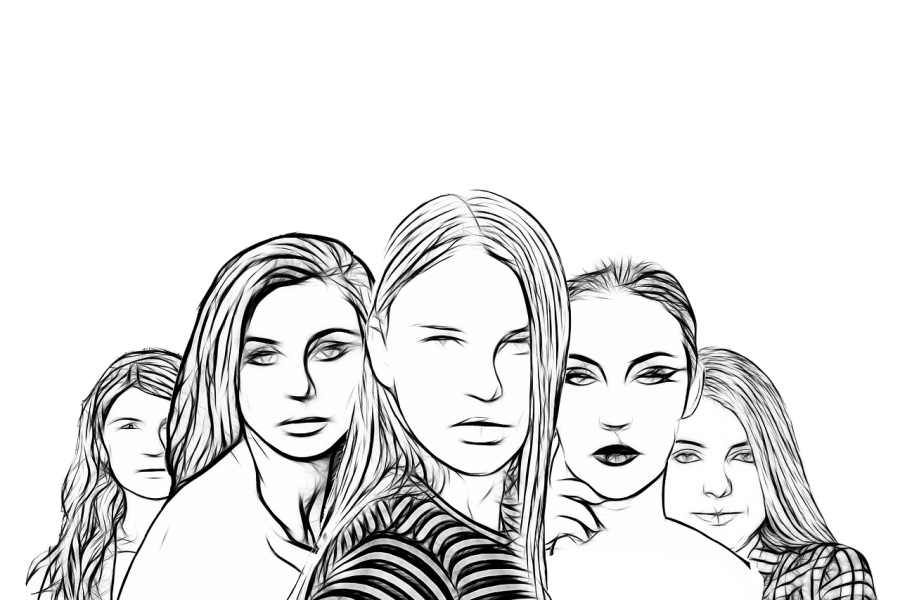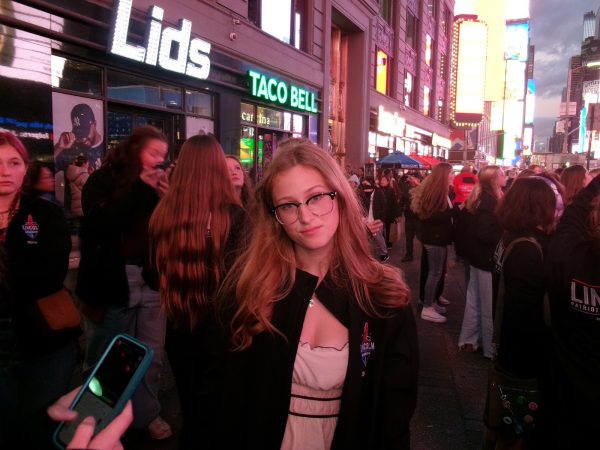Society’s impact on Women
Everyday women are affected by their surroundings
April 11, 2021
Different countries all over the world have different beauty standards that reflect their economic and social conditions, and every day women are subjected to an ideal image of beauty whether they have control of it or not.
From looking at social media pages, such as Instagram, Facebook or Snapchat, many are faced with influencers that have the “perfect” skin or the “perfect” style, advertising a type of vitamin that will make you “glow up” or a new upcoming company that one should try to make life easier. Through social media and advertisement, women’s perceptions of themselves are being damaged, thus encouraging unhealthy habits and choices. In the world of social media and new technology, young impressionable women are exposed to the idealistic looks and lifestyle, some may change the way they look, dress or act to be more like someone they look up to on social media.
According to the article “Distorted Reality” by Juliette Astrup, she reasons that through social media, young children and adults are exposed to altered versions of themselves using filters, lenses or editing apps. “More and more patients come into clinics with filtered versions of themselves as the goal they want to achieve,” said Astrup.
As young women scroll through their Snapchat, Instagram or Facebook, they are constantly exposed to the so-called “perfect” features that they believe they need to live up to. These influencers in magazines, social media and advertisements who have the “perfect” skin and “perfect” style are no longer encouraging a better lifestyle, but rather unhealthy habits and negatively impacting young women’s self-esteem and body image.
The article, “The Impact of Body Image Advertising” by Paul Suggett, covers the negative effects of advertising and modeling along with the drastic changes from years ago to now. Advertising has become very toxic to young girls as they may start to compare themselves to these picture perfect images. Ad critic Jean Kilbourne spoke out about the toxic effects of modern advertisement and the line to eating disorders.
“Women and girls compare themselves to these images every day,” said Kilbourne. “And failure to live up to them is inevitable because they are based on a flawlessness that doesn’t exist.”
As for negative body image, there have been studies showing the correlation between advertising and poor body image. While some advertisements are trying to break the chain of the society’s view of the ideal body, some advertisers are more hesitant due to the fact that that is how they make a profit. While there is a growing population of plus-size models and influencers, for every plus-size model there are 10 other malnourished Victoria Secret models. Until the public responds more favorably to images of real people, very little is going to change; however, we can put pressure on brands to represent us in more realistic ways, especially by calling it out on social media.
As young women scroll through their Snapchat, Instagram or any social media platform, they are constantly exposed to the so-called “perfect” features that they believe they need to live up to. These influencers in magazines, social media, and advertisements who have the “perfect” skin and “perfect” style are no longer encouraging a better lifestyle, but rather they are enabling bad habits and damaging young women’s self-esteem and body image.









